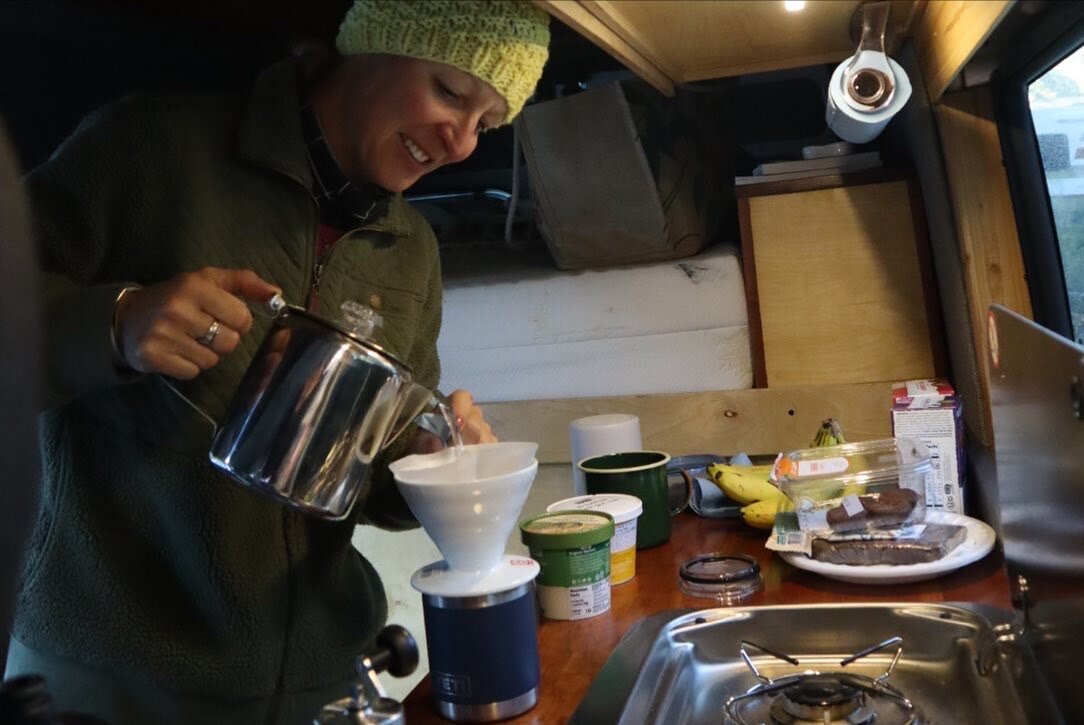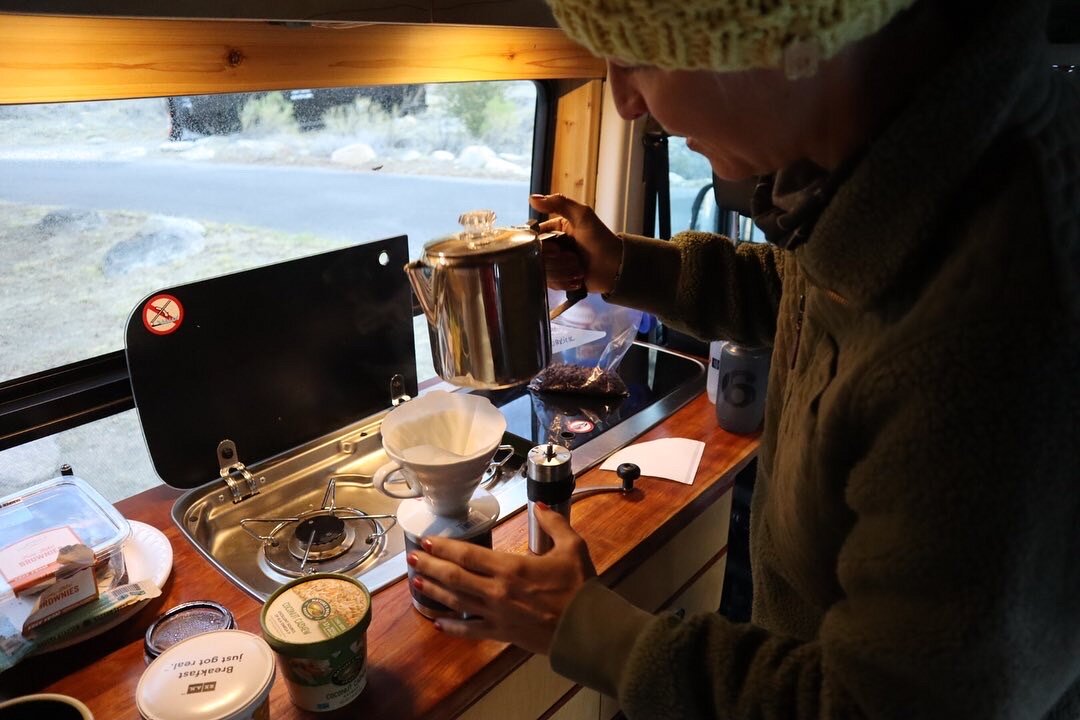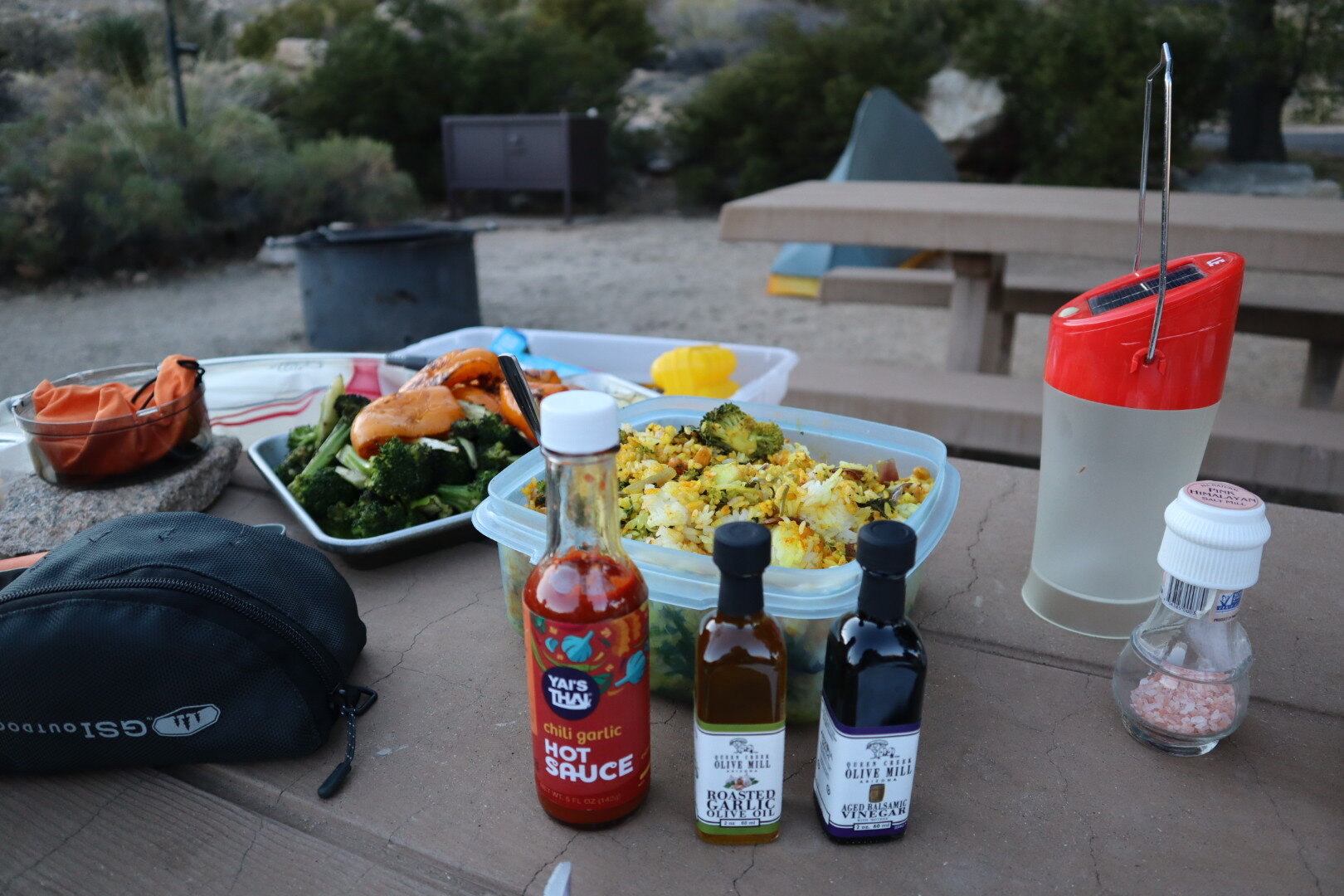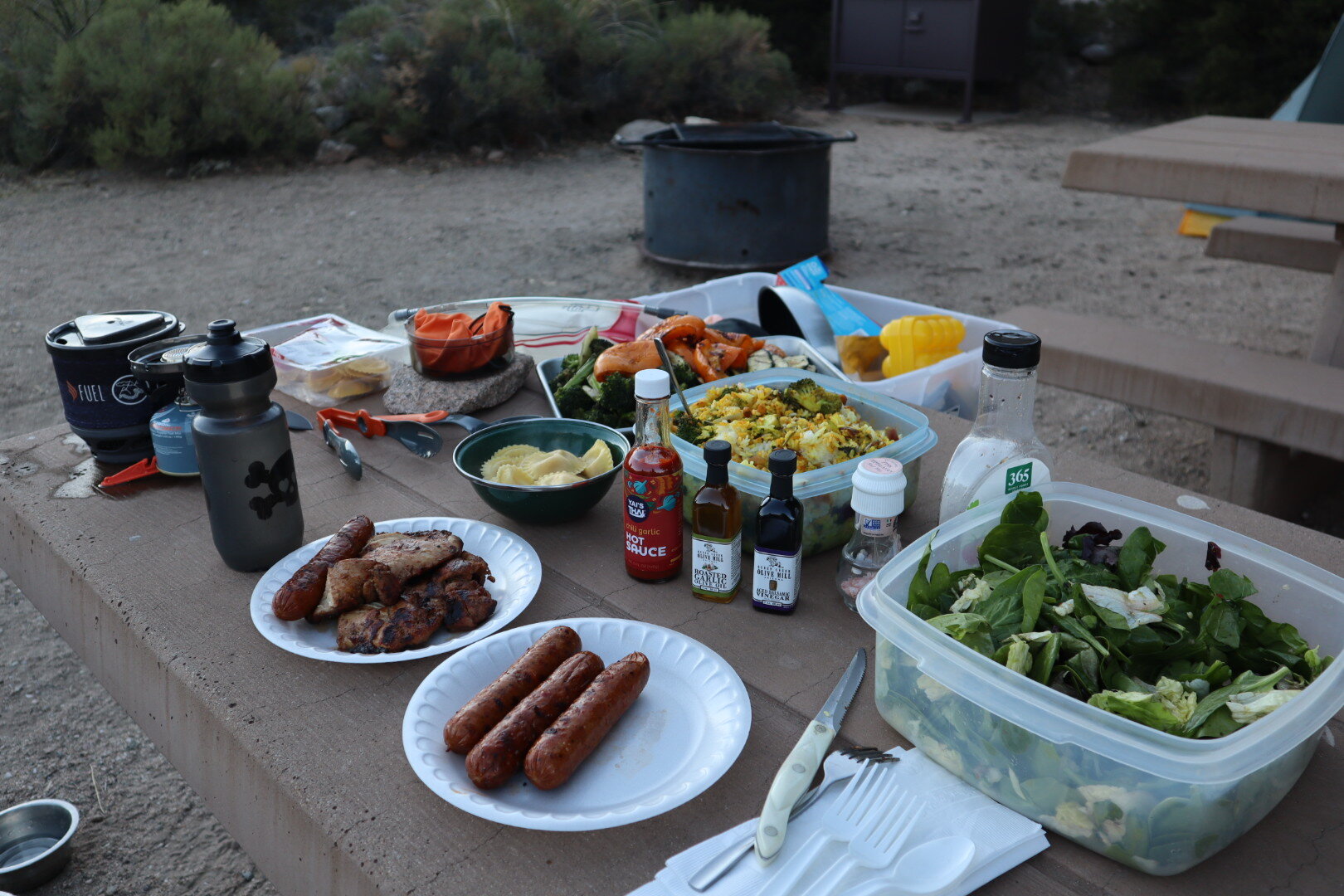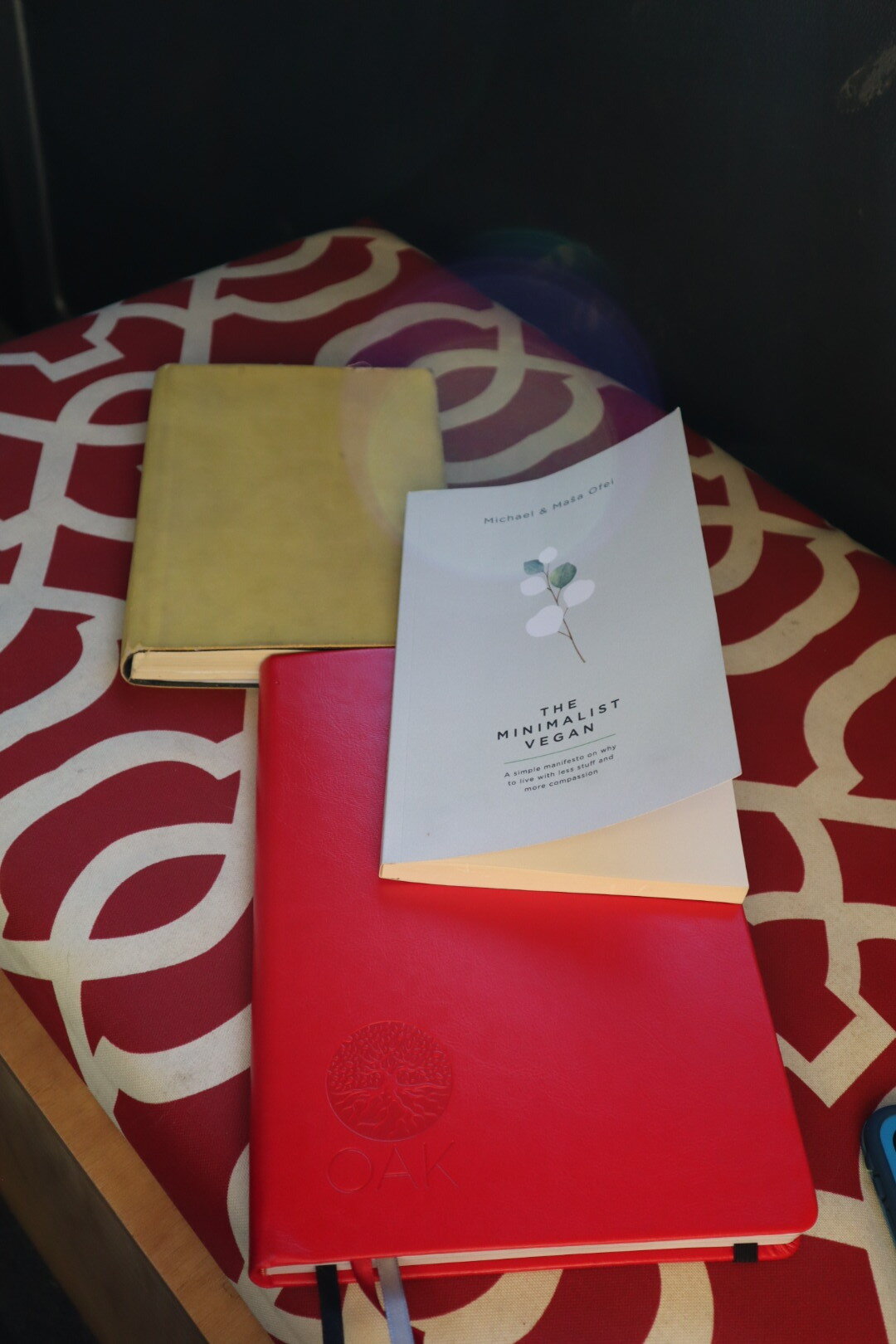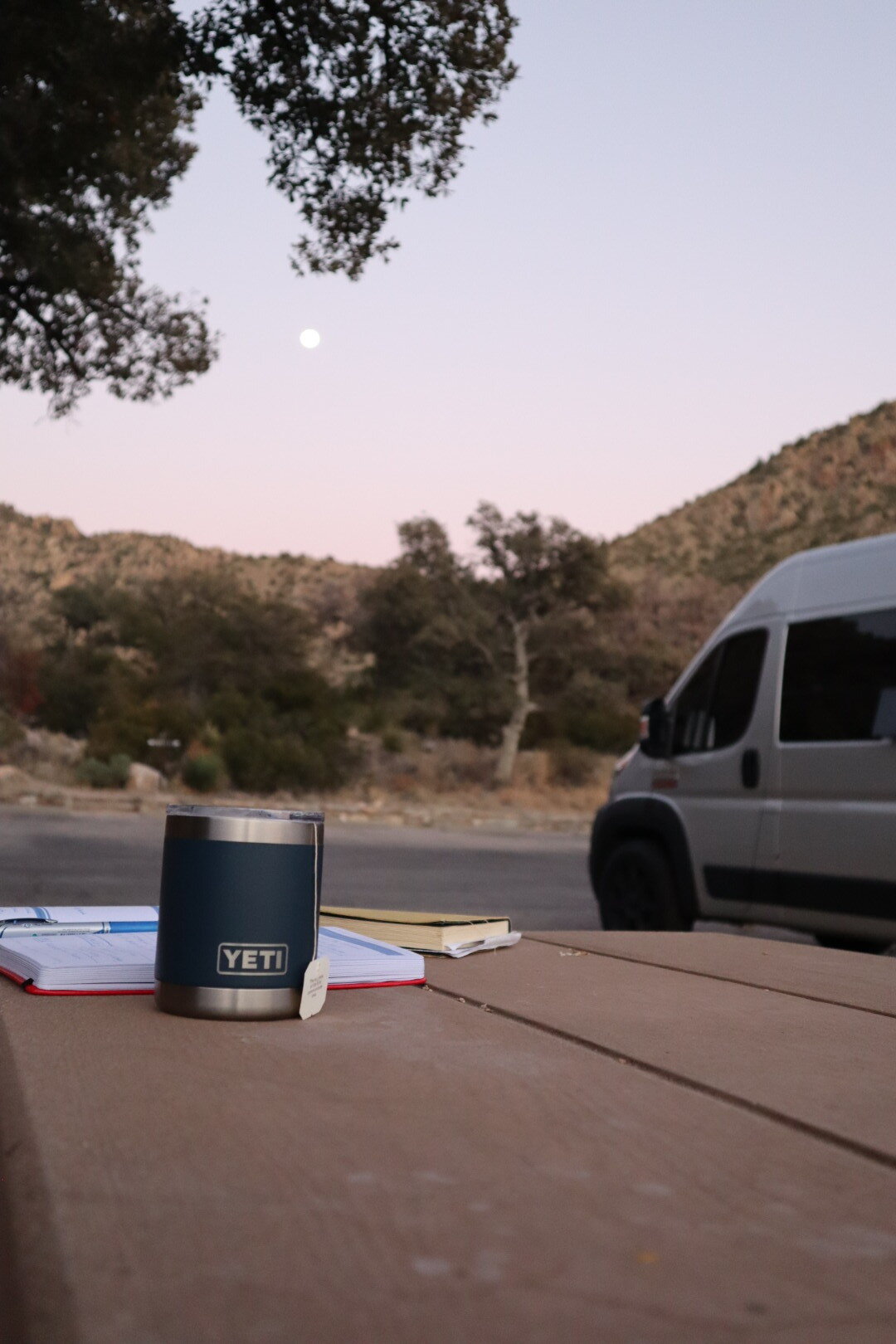No Cell Signal & Boredom (the good kind)
I’ve been out in the van for the past several days and nights in a spot where there is no cell signal. To be candid, while the riding and hiking nearby is stellar, the absence of 📱 signal in this spot was the main feature I sought out. I know myself well enough to know that just picking up the phone to check a couple texts quickly degrades into checking emails, instagrams, andddddd down the rabbit hole. 🕳 Nothing can snap a person (me) out of zen wilderness headspace quicker or more abruptly than one negative email or comment on socials.
So here I am in the space of no signal sitting and drinking my morning coffee and just relishing the quiet- the lack of things to “do,” and instead focusing on being.
JUST. BEING.
Having done a bit of journaling to start, I am in a headspace now to process and download some recent experiences and conversations. To ruminate and ponder them and extricate the lessons or the growth now that they’ve percolated; I am ready to see the teachings in them and to try in some respects to adopt them into my new and evolving mindset.
That’s the thing with those magical pivotal moments/conversations/experiences. It takes some time to go back and review them in order to try and seal in their flavor for the long term if they are mindsets or patterns one wishes to adopt. I recently read somewhere the mind has decided on something up to 7 seconds ahead of us being aware of it. This is what makes reprogramming old patterns so incredibly difficult. Oh and also we’re often up against primal patterns ingrained in us on a cellular level passed down for many many years to help us stay alive. Yeah- competing with that hard wired biology can be tough.
“Oh there’s that thing I do- what is that?,” I can ask with kind curiosity.
Here’s the thing... We all have trauma, pain, past experiences that we bring into our present and often times they are so ingrained into our neural patterns that they run us. Without us knowing. Without our permission. They lead to the same outcomes in conflict. The same breakdowns in partnerships. The same self loathing or self flagellation by our inner bullies. The cycles perpetuate.
Doing the same thing over and over but expecting different results is—as we all know— insane.
Call it COVID slowing down the pace of life overall (and forcing the legal profession to change its approach/adopt virtual practices) + losing my dog and my grandmother during the holidays reminding me how short and precious life is + a very traumatic near death experience last October (a sobering reminder of how short MY life is and can be) + the van coming into my life unexpectedly and giving me this chance to explore and slow down in quiet sacred spaces like the one I’m presently in .... plus maybe the stage of life I’m in, not a mid-life crisis but more an arrival at “enoughness” and the privilege it’s affording me to be curious about what my life can mean and represent going forward. Call it whatever you like…
And, regardless, I know that I am exactly where I’m supposed to be 🙏🏼.
On this trip I had a couple guests joining me for the first two days and first night. It was fun to enjoy the van experience with cohorts out in the wild for the first time. Turns out I laugh a lot more when I’m not out here by myself ;) Laughter is sooo good for the soul.
We enjoyed wonderful bike rides, an incredible camp site dinner and breakfast, delicious van coffee (of course), ease in conversation & connection, and ample laughs. It was wonderful sharing this space with them. I was lonesome when they left. And now I am enjoying the quiet and solitude of being here alone.
I loved having them here AND I love being here solo now.
This is one of the biggest ah-has for me in the last year or so: using AND. My coach Shelley gets the biggest credit for teaching me this and really helping me rewrite my vernacular to use AND more and BUT less. (Read more about this concept HERE).
All this to say ... out here away from signals and socials, it’s a truly incredible space in which to look within, when the clutter and noise of normal daily life are stripped away and I’m left with a quiet van parked in the sun, a day without any agenda or schedule, when I am able to tap into the creativity that flows through me most strongly when I’m in Spartan-esque environments.
Boredom begets creativity and brilliance IMHO. (And much smarter-than-me people agree). I think we don’t get nearly enough boredom-moments in normal life. I think clutter and distractions rob many of us of our truest brilliance because it (creativity) comes out only when we’re truly free to let the mind wander without being pulled multiple directions by life.
“Exchange your cleverness for bewilderment.”
When is the last time your mind could truly and freely wander?
The book I’m reading on this trip is called The Minimalist Vegan.
There are so many compelling reasons to be animal product -free in both dietary decisions as well as lifestyle decisions. I won’t digress too much further into this topic in an already-too-long blog but the truth is that awareness in all areas of life demands that we be conscious consumers of everything that we eat and buy. Minimalism stands for only buying what we truly need and use and eliminating or not buying the rest. It stands also for less clutter and confusion - including in our socials, apps & emails, and items we own/insure/maintain.
I have noticed a direct correlation for myself between the phases of life when I’m consuming (stuff, food, social media), and when I’m feeling most out of control in my life.
When I’m seeking something to grab onto ... some guiding light or orientation- I often default to complication and more stuff. Anyone else?
The truth is that filling life with clutter & crap will never lead us to our truth, guiding light, intuition or knowingness. Nope... All we do is unconsciously distract ourselves right away from our inner voice of wisdom and from life’s most important things... love, health, being.
Is your default, distraction? Mine can be. I’m working on that.
Out here in the van I realize that I needed this reset - something deep inside me was drawn to take this trip because I knew I needed to be physically and mentally removed from the norm of day to day in order to hit that reset and get back to basics. Get back to what really makes me feel good & alive.... back to my knowingness.
Sending you love and light 💡 ☀️ from out here in no-signal-land nature and hoping you find some zen in your day or that can soon you escape to a place where it’s virtually guaranteed.
Go... Find a place where you can be bored. ✨
This is the tea I keep in the van (shown in the top photo). I love it for the cool nights when it’s dark outside, but too early to go to sleep — it’s the perfect pairing to reading or journaling, and the detox-theme carries over to detox from noise, stimulation, social media, emails and junk food and goes within, thanks to the tea.
This is the wonderful book I reference above. You can order your copy on Amazon using this link:
*Reminder, I’m an Amazon Associate, I may earn commissions from purchases you make using my links to products above.


